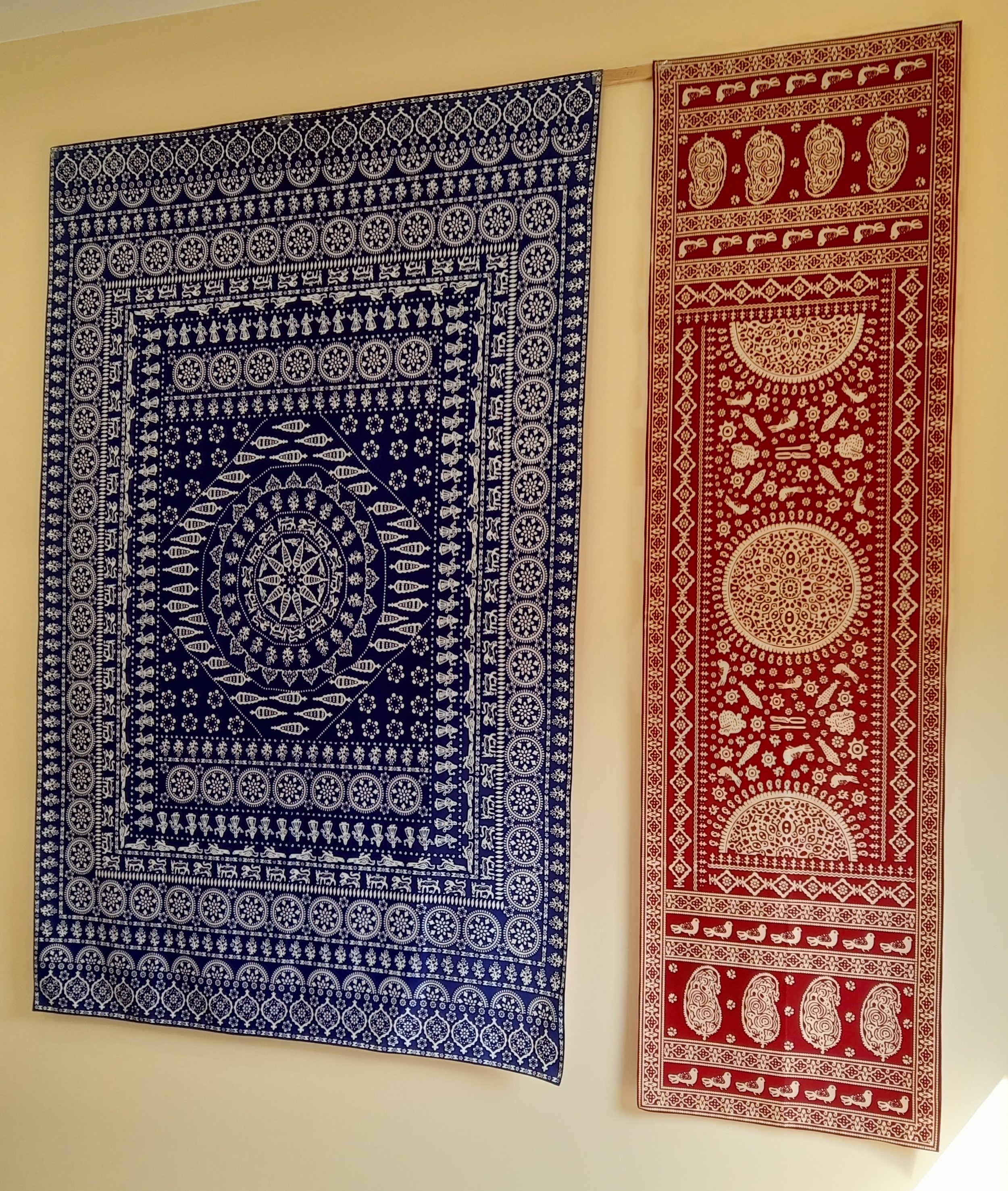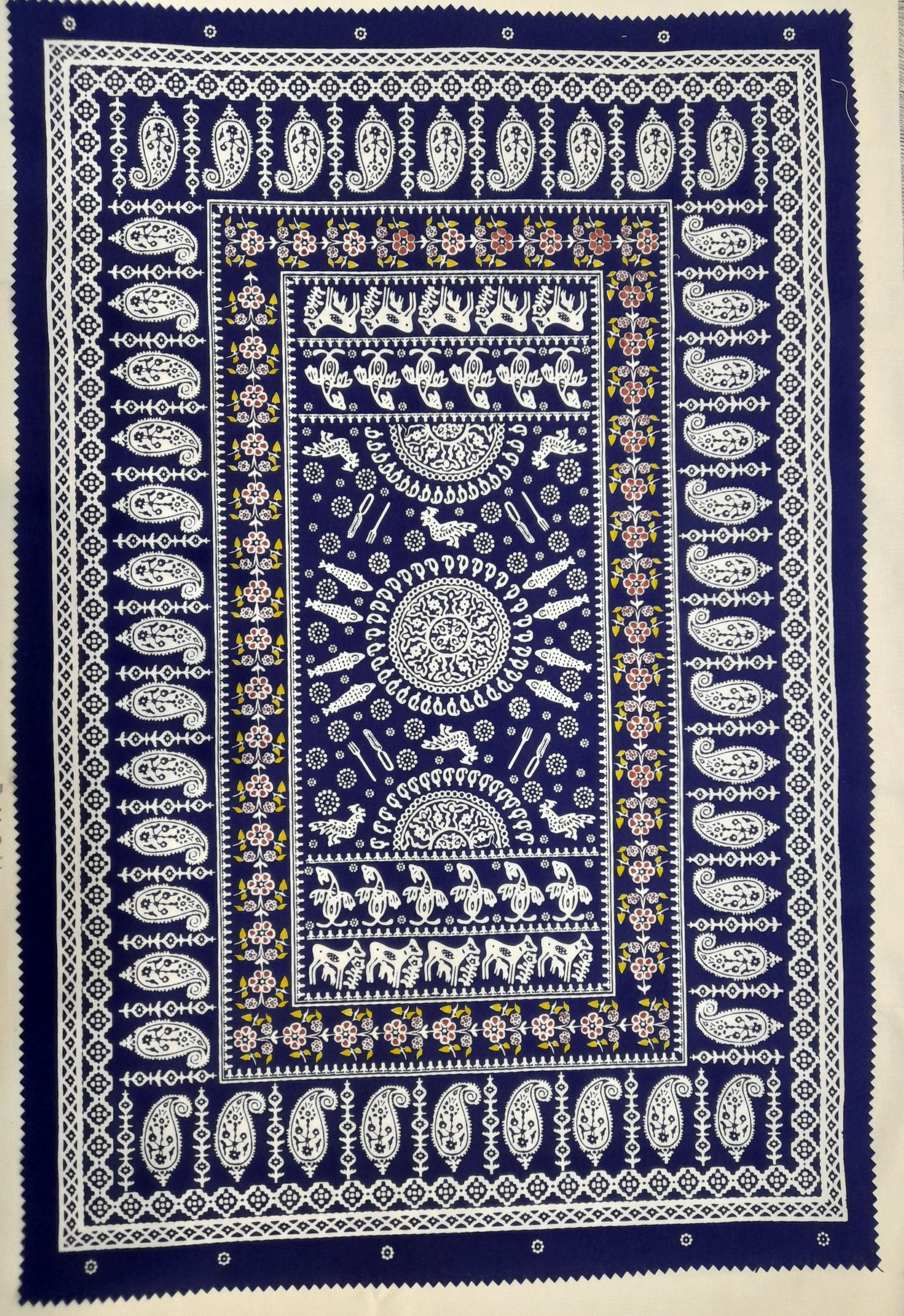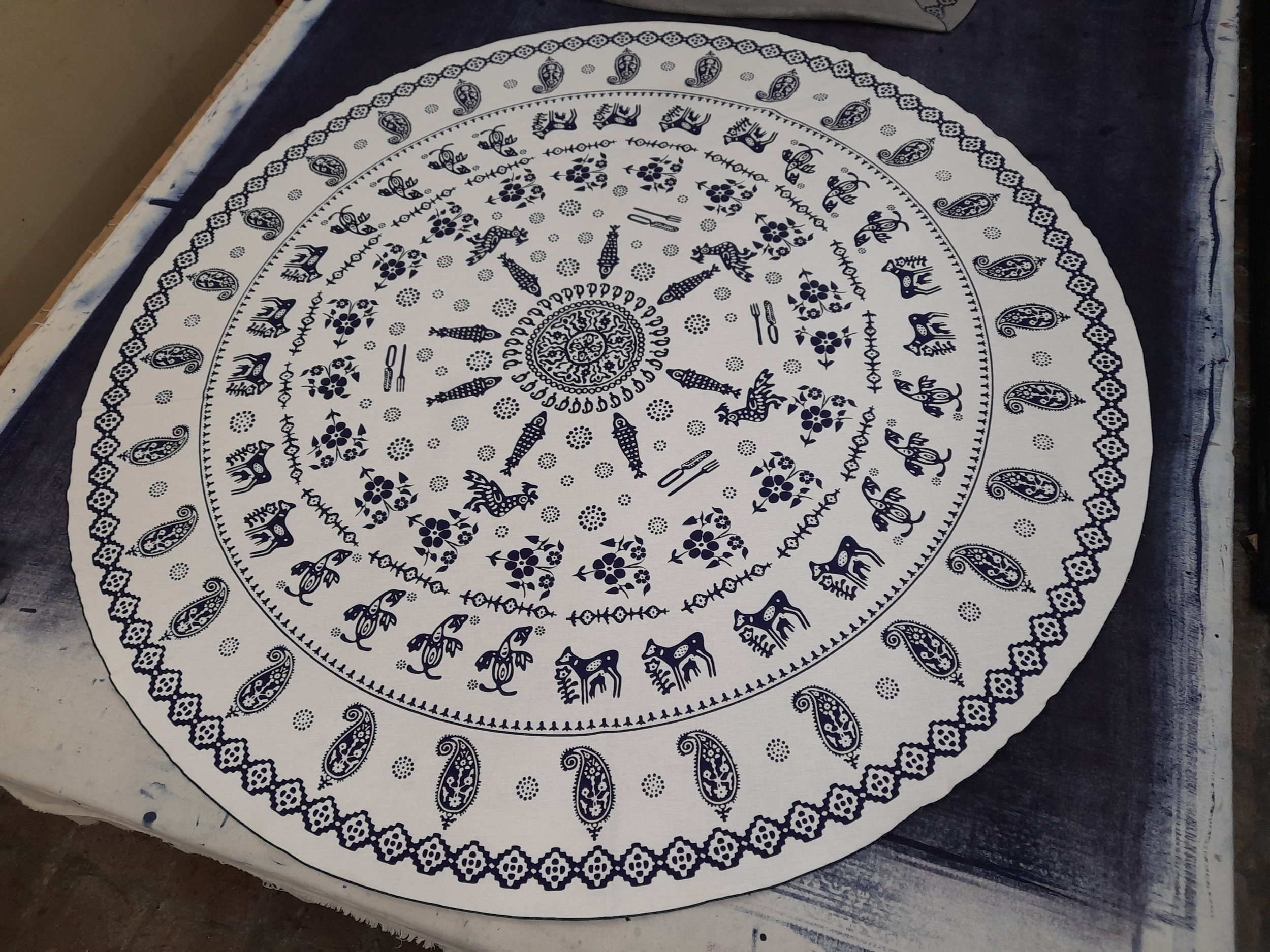
TRACE:
Traditional Arts and Crafts of Europe
GEORGIA
Cloisonné Enamel Jewelry
Cloisonné is a decorative arts technique characterized by the application of vitreous enamel to a metal surface. The process begins with soldering delicate metal strips onto the surface, forming compartments that follow the contours of a specific design. These partitions, known as cloisons (French for “partitions”), are then filled with enamel paste. Once filled, the object is fired in a kiln, causing the enamel to fuse with the metal. After firing, the surface is ground smooth and polished to create a refined finish. In some cases, metal wire may be employed instead of traditional metal strips made from gold, brass, silver, or copper. Historically, cloisonné has notable roots, with some of the earliest examples found in six Mycenaean rings dating back to the 13th century BCE. The Western flourishing of cloisonné enameling occurred from the 10th to the 12th century, particularly within the Byzantine Empire. In China, the technique gained prominence during the Ming (1368–1644) and Qing (1644–1911/12) dynasties. Similarly, in Japan, cloisonné became especially popular during the Tokugawa (1603–1868) and Meiji (1868–1912) periods. In Georgia, the earliest known example of cloisonné enamel dates to the 8th century, marking its significance in the region's cultural heritage. The technique experienced considerable growth between the 10th and 12th centuries, a time of considerable political and economic prosperity in Georgia. This stability fostered an environment conducive to the advancement of various cultural fields, including the art of cloisonné enamel. However, with the decline of Georgia and subsequent invasions in the 15th century, the development of the technique ceased, leading to a prolonged period of obscurity and neglect.
Social Enterprise IKORTA
Social Enterprise Ikorta was founded in 2012 within the organization “Mtskheta-Mtianeti Regional Hub,” which operates in Tserovani IDP Settlement, It is a social workshop, that creates opportunities for social and economic opportunities for internally displaced people living in Tserovani, Georgia. Ikorta Studio was born out of uncertainty and loss. When Russian troops invaded Georgia (Sakaratvelo) in 2008, we were forced to flee our homes in Akhalgori and Samachablo. Ikorta offers its customers a myriad of items created through the technique of traditional Georgian craft: Rings; Earrings; Necklaces; Brooch; and Bracelets. The SE also works on corporate order.
Video & editing: Ana Akhlouri
https://ikorta.com/
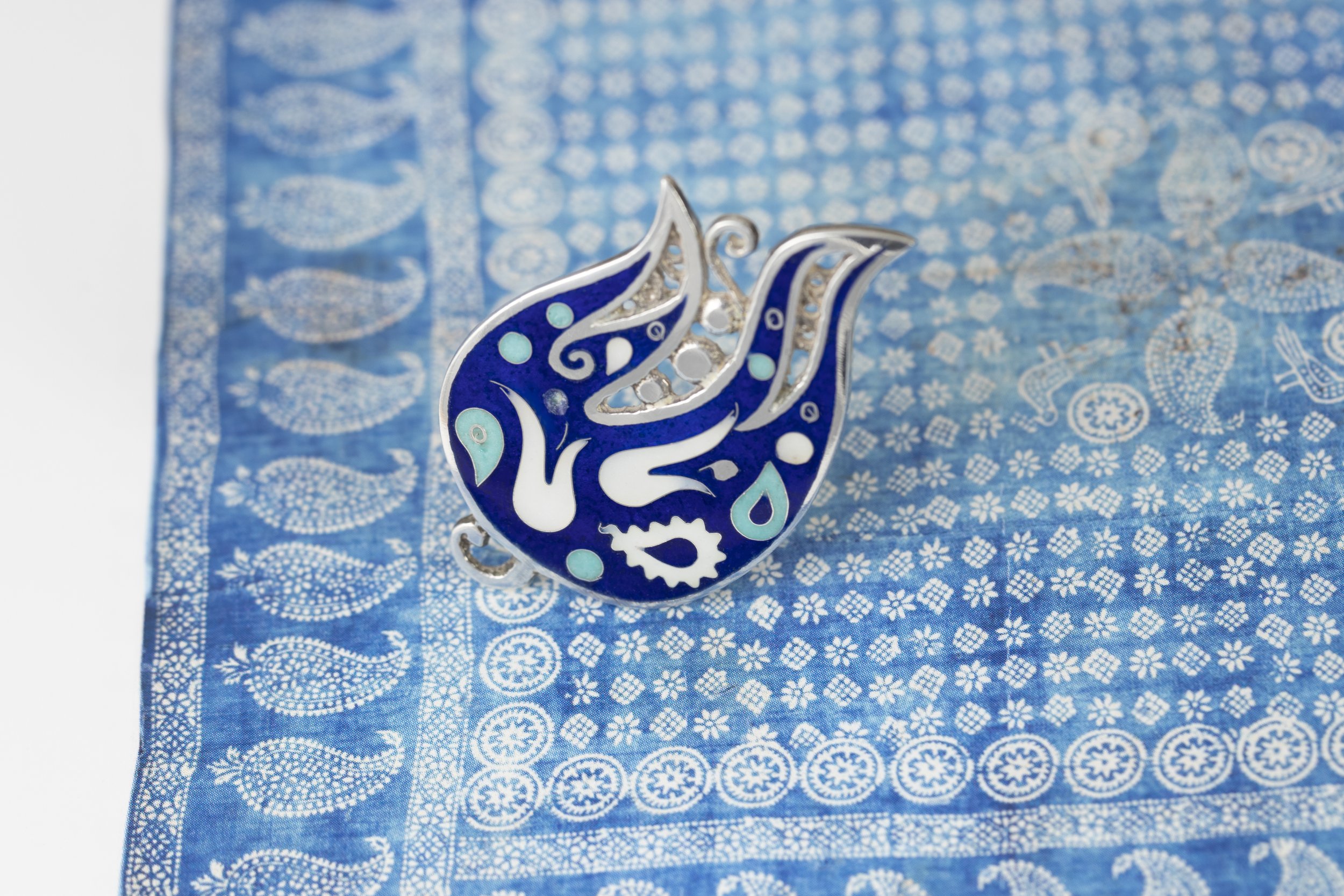
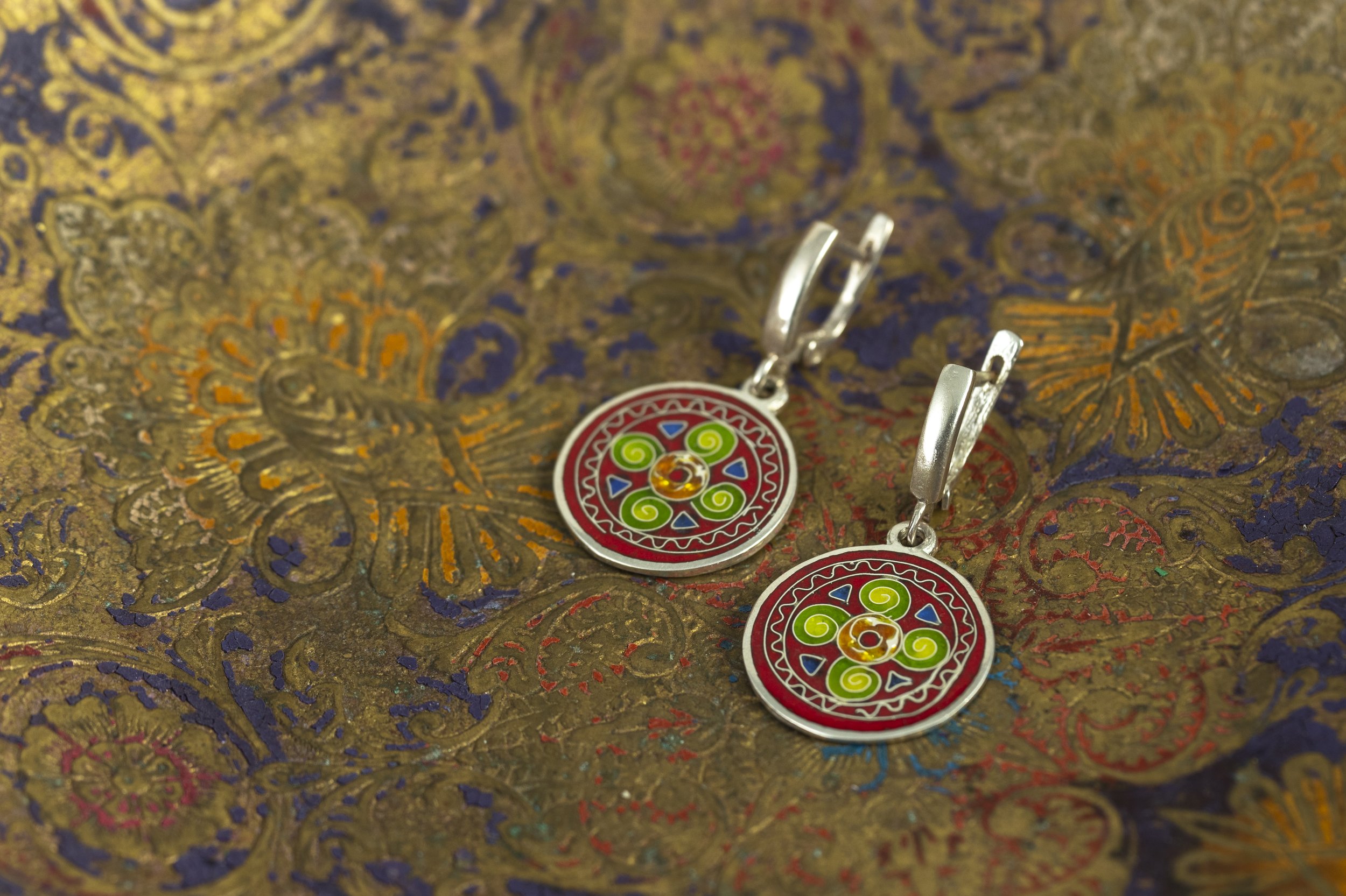
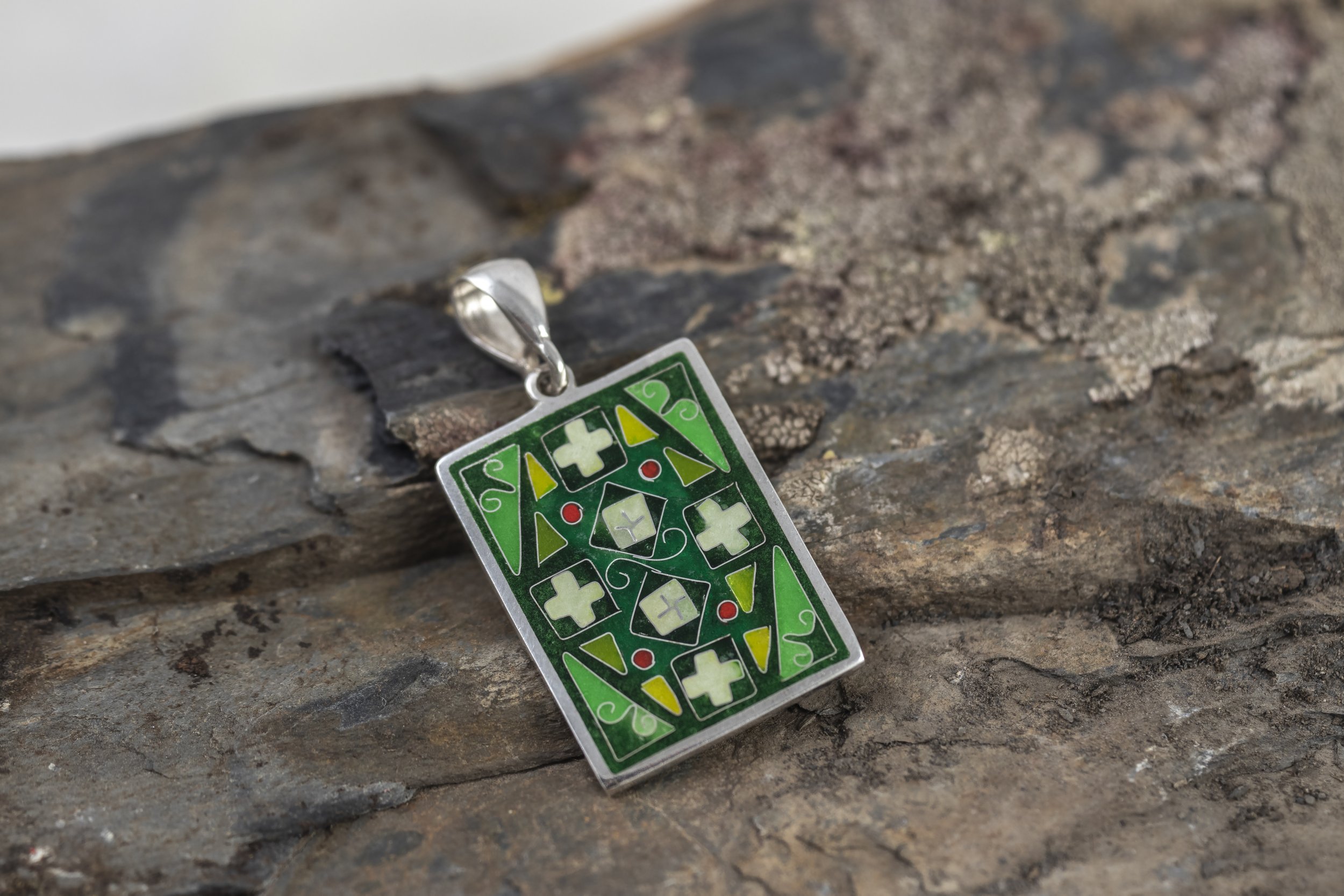

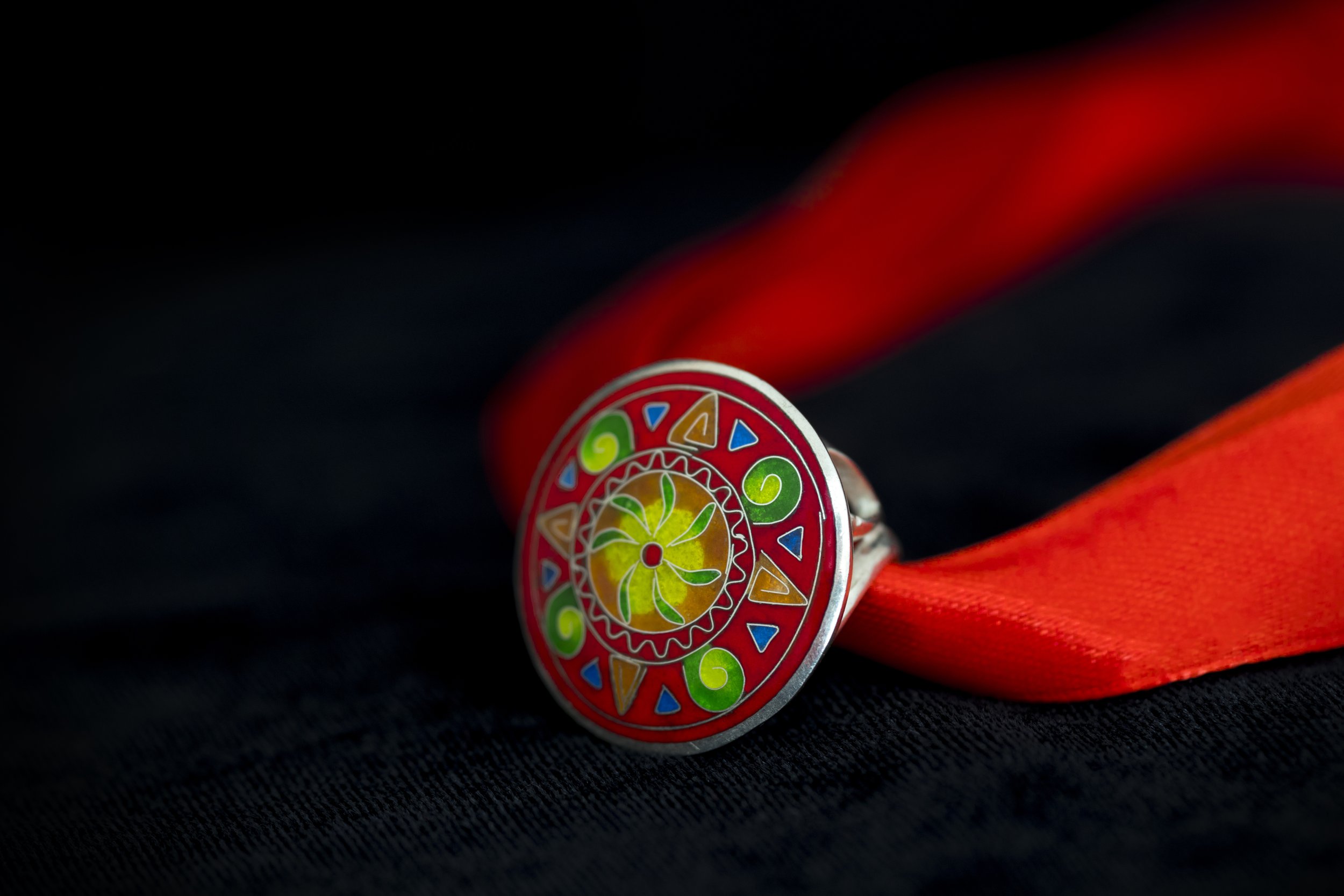
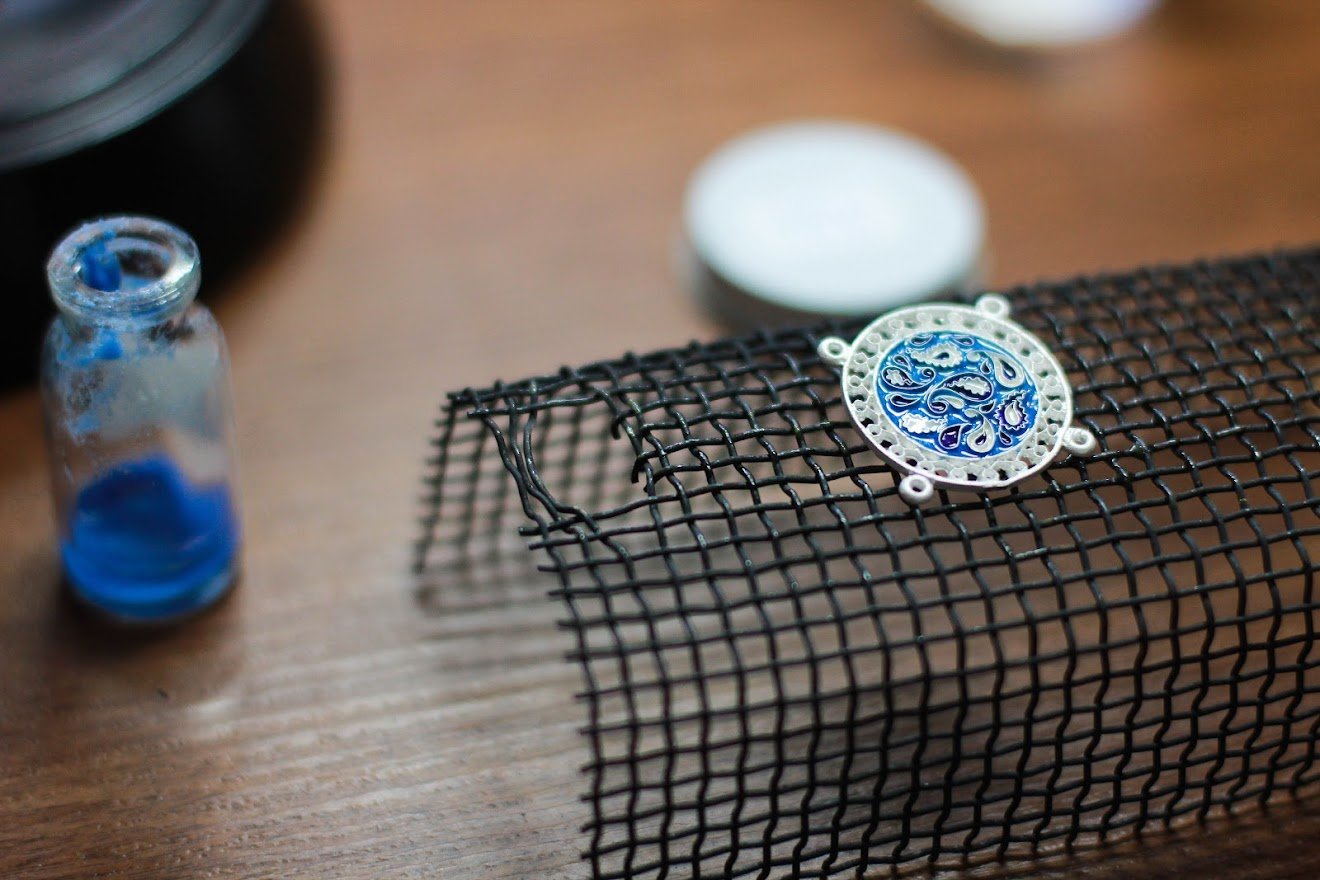


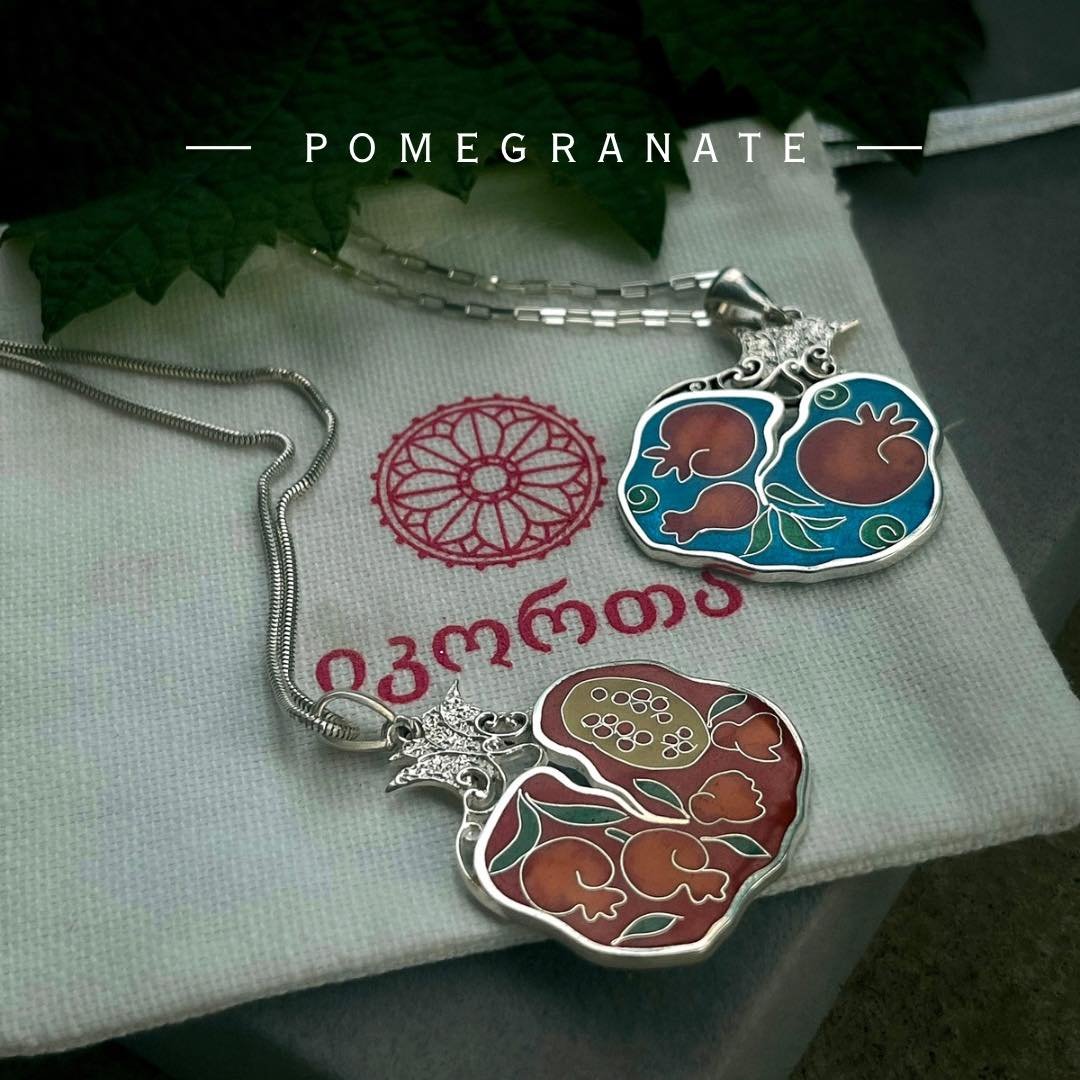
Woodcarving Traditions in Georgia
Wood carving has long been a significant artistic expression in Georgian culture, adorning both religious and secular structures. Medieval Georgia, particularly the 10th and 11th centuries, witnessed a flourishing of intricate wood carvings, especially evident in the ornate doors of churches and temples. Beyond religious art, wood carving was deeply ingrained in Georgian folk culture. Peasant homes, furniture, and household items showcased the creativity and skill of woodworkers. Mountainous regions like Svaneti, Racha, and Zemo Adjara were particularly renowned for their rich traditions in wood carving and folk architecture. Geometric patterns, celestial symbols, and stylized human and animal figures were common motifs in folk ornamental designs. These motifs graced both furniture and architectural elements. Even today, wood carving remains a vital art form, used to decorate church doors, icons, crosses, and other religious objects. Additionally, several regions continue to produce traditional furniture and interior accessories, preserving the legacy of Georgian woodcraft.
Nino Misriashvili
Nino Misriashvili is a skilled artisan specializing in wood and inlay work. Born and raised in Dusheti, Georgia, she has been surrounded by woodworking her entire life. Her father, a self-taught craftsman, instilled in her a deep appreciation for the craft. Nino's intricate inlay work incorporates various materials, including metals (copper and Melchior), different types of wood, semi-precious stones (malachite, lapis lazuli, turquoise), coral, and mother-of-pearl. She applies multiple layers of organic lacquer to the finished pieces and then sands them, a technique passed down through generations in her family. Nino's work has been showcased in numerous festivals and exhibitions. In 2023, she was a finalist at the Blogs & Crafts exhibition in Florence. The previous year, she was a finalist at the Global Eco Artisan Awards and exhibited her work in New York. Her unique technique involves inserting metal between the wooden details, setting her work apart from traditional inlay techniques. The diversity of materials and intricate designs further distinguish her creations.
Video & editing: Nino Misriashvili & GACC

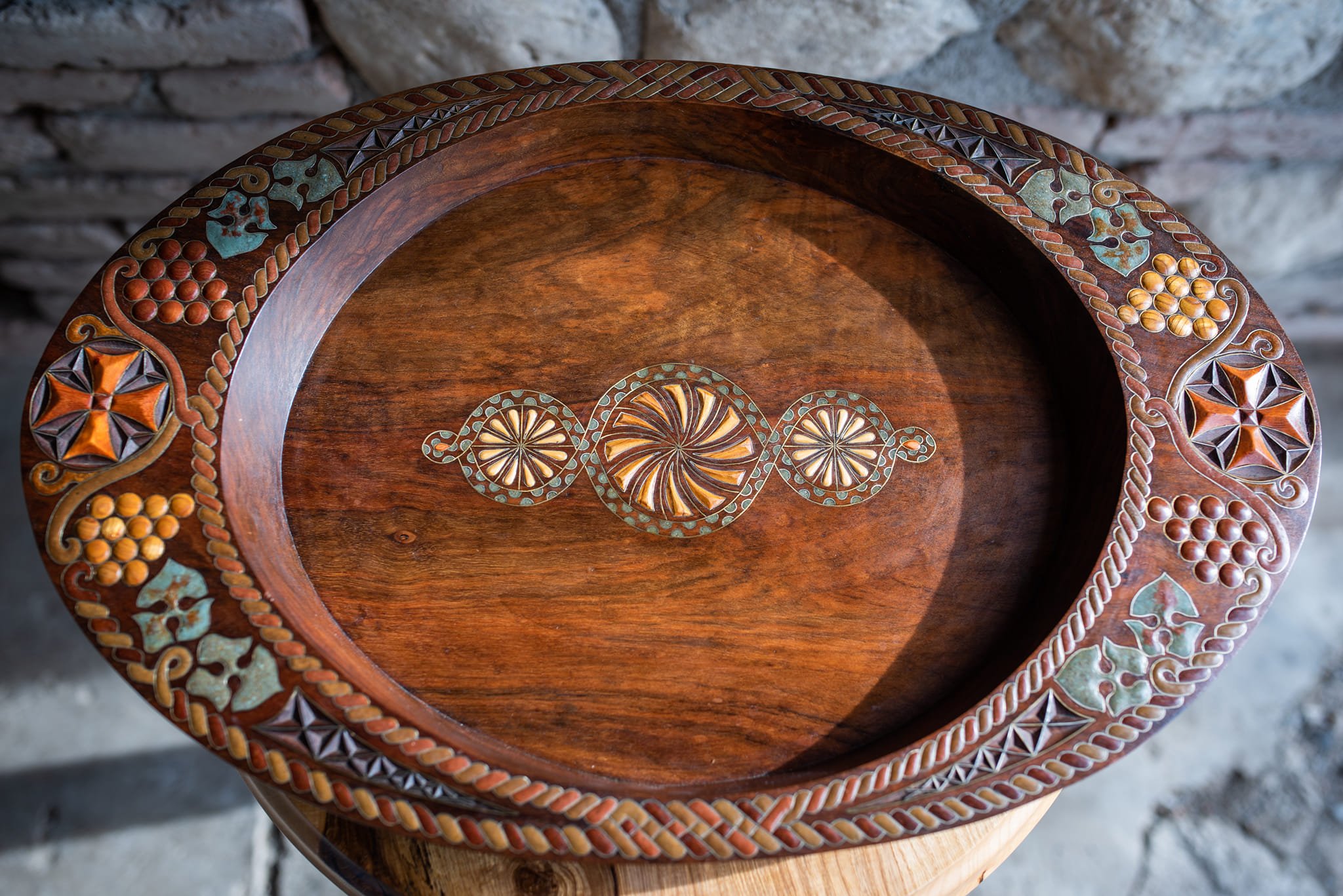
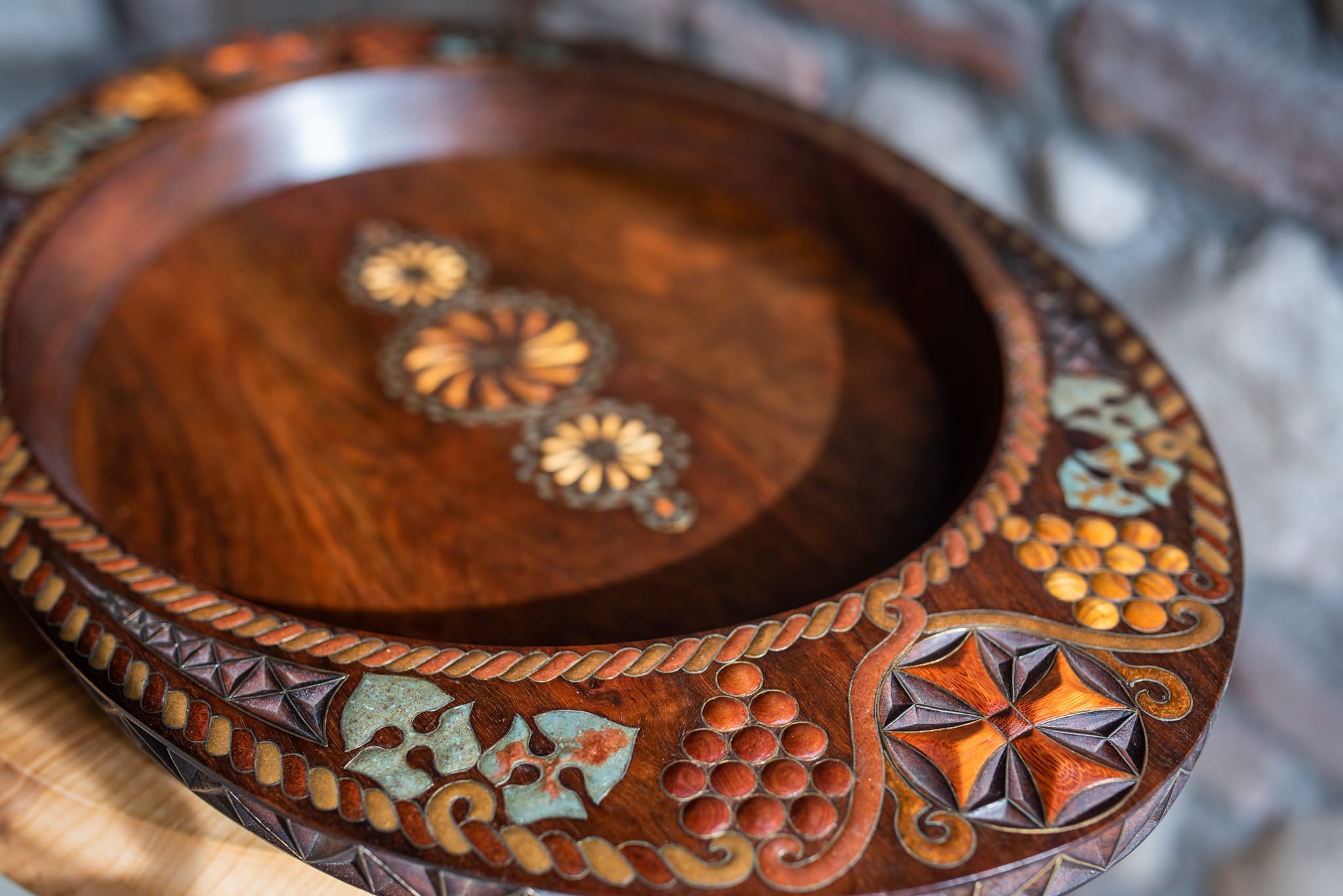

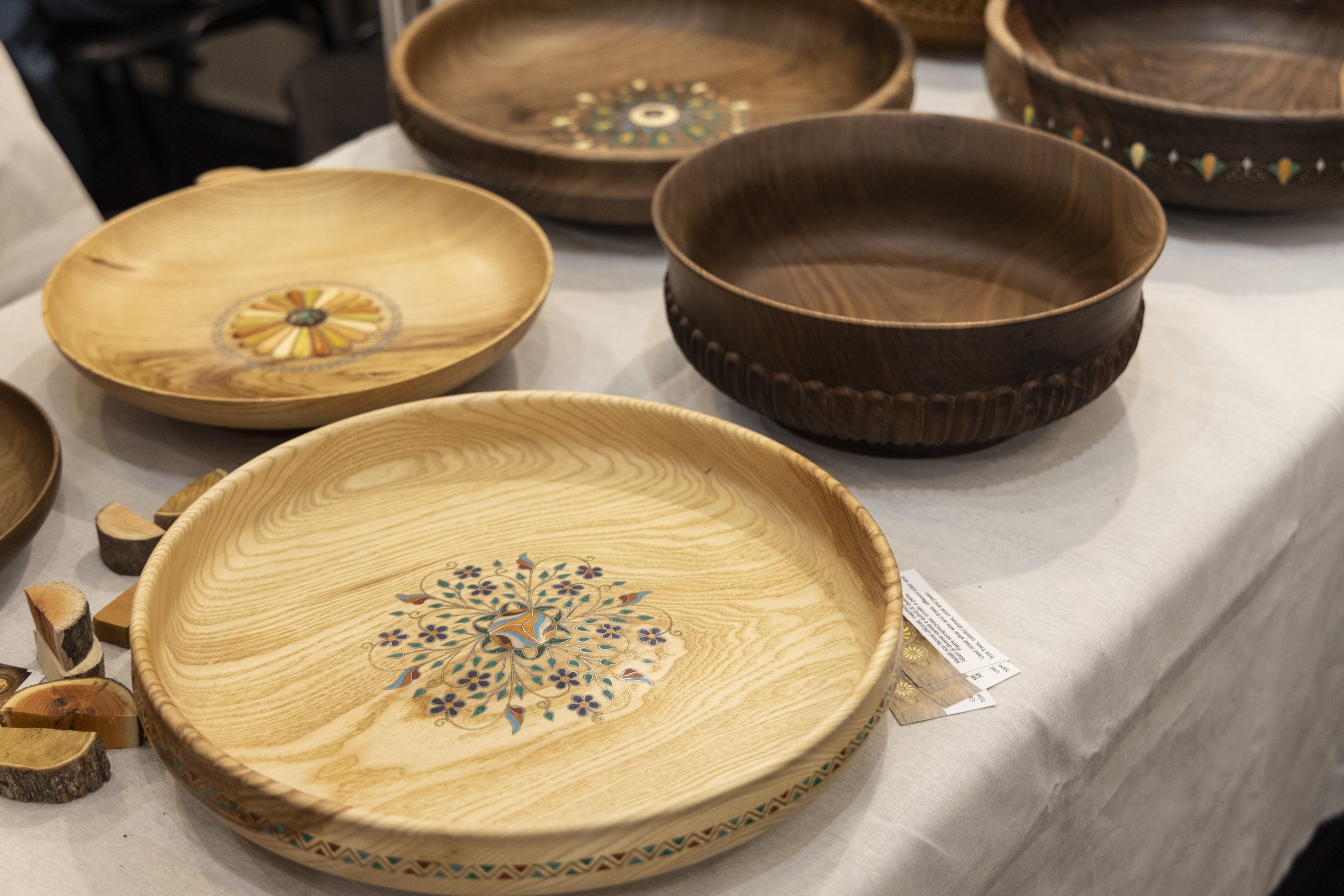

Georgian Traditional Symbols on Textile
Grigol Dalakishvili and Baia Lomsadze
Hand Block Printing process by creative workshop IGRIKA
You can see the Cotton Scarf Block Printing Process in this video in our small workshop. We use linoleum blocks to carve our designs, which are then hand-printed onto fabric. In the video, Grigol and Alex are printing on cotton scarf material using non-toxic textile inks, Baia – cofounder of Igrika is here also filming the process. The ornaments featured on this lightweight scarf are inspired by the 11th-century Georgian Svanetian church "Iphrari," which is why we named this design "Flowers of Iphrari." We chose blue ink to complement the sky-blue fabric, creating a beautiful, unique scarf.
About IGRIKA: Igrika, named after the old Georgian word for April, marks the month when we, co-founders Grigol Dalakishvili and Baia Lomsadze first met. We are trying to keep traditional craftsmanship alive by making hand-carved blocks and printing ornaments on fabric. So all our work is handmade and unique, each having its particular backstory. Drawn to the mysterious world of symbolism, we became explorers at heart, embarking on this journey with you. We share our discoveries, believing that by doing so, you too become a keeper of these treasures, carrying the story forward. Our slogan, "The Story will keep narrating through you," reflects our mission—to make you a guardian of this proud heritage. Once you encounter it, it’s impossible not to become one.
Video & editing: Baia Lomsadze
https://igrikashop.com/en-ge
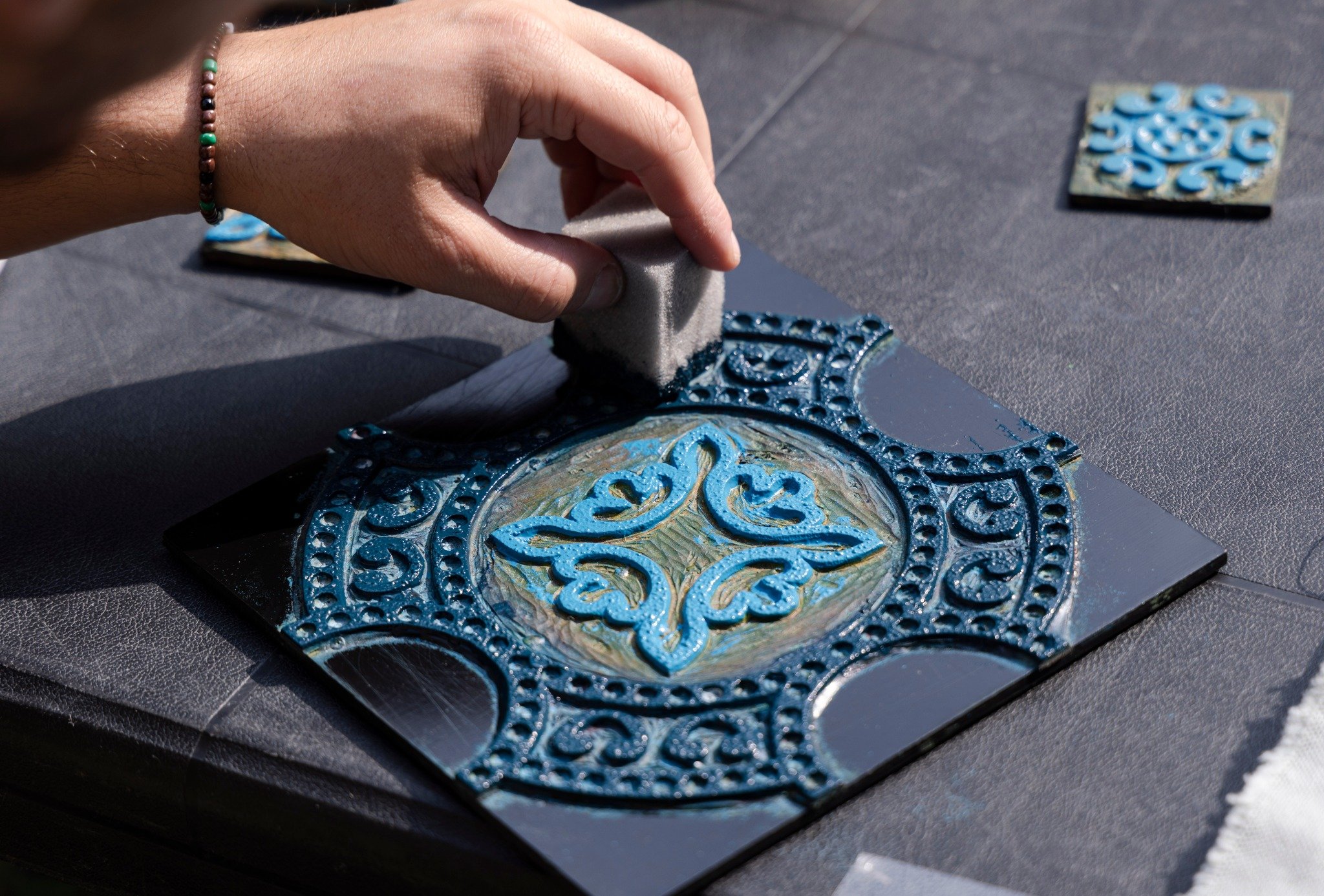
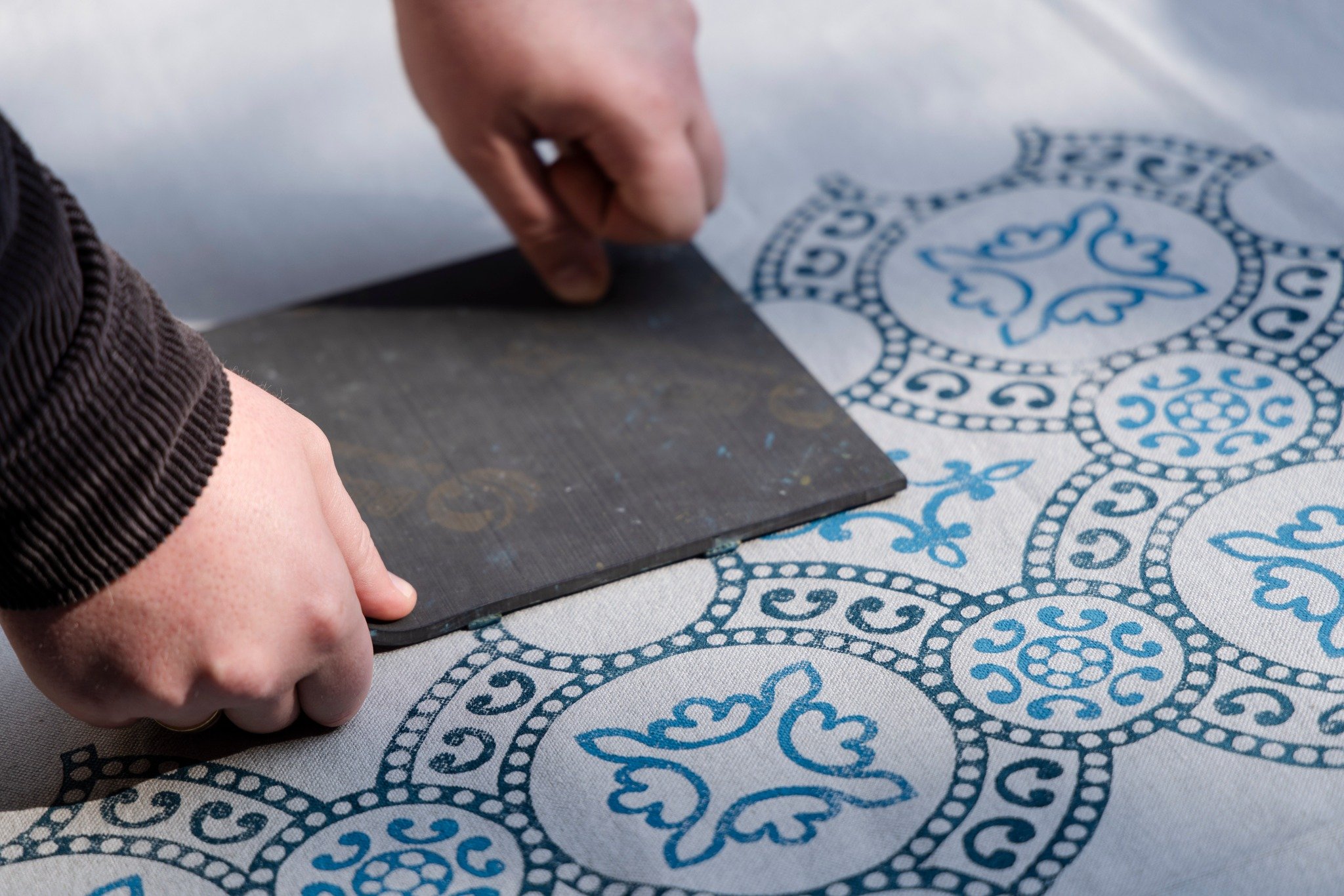
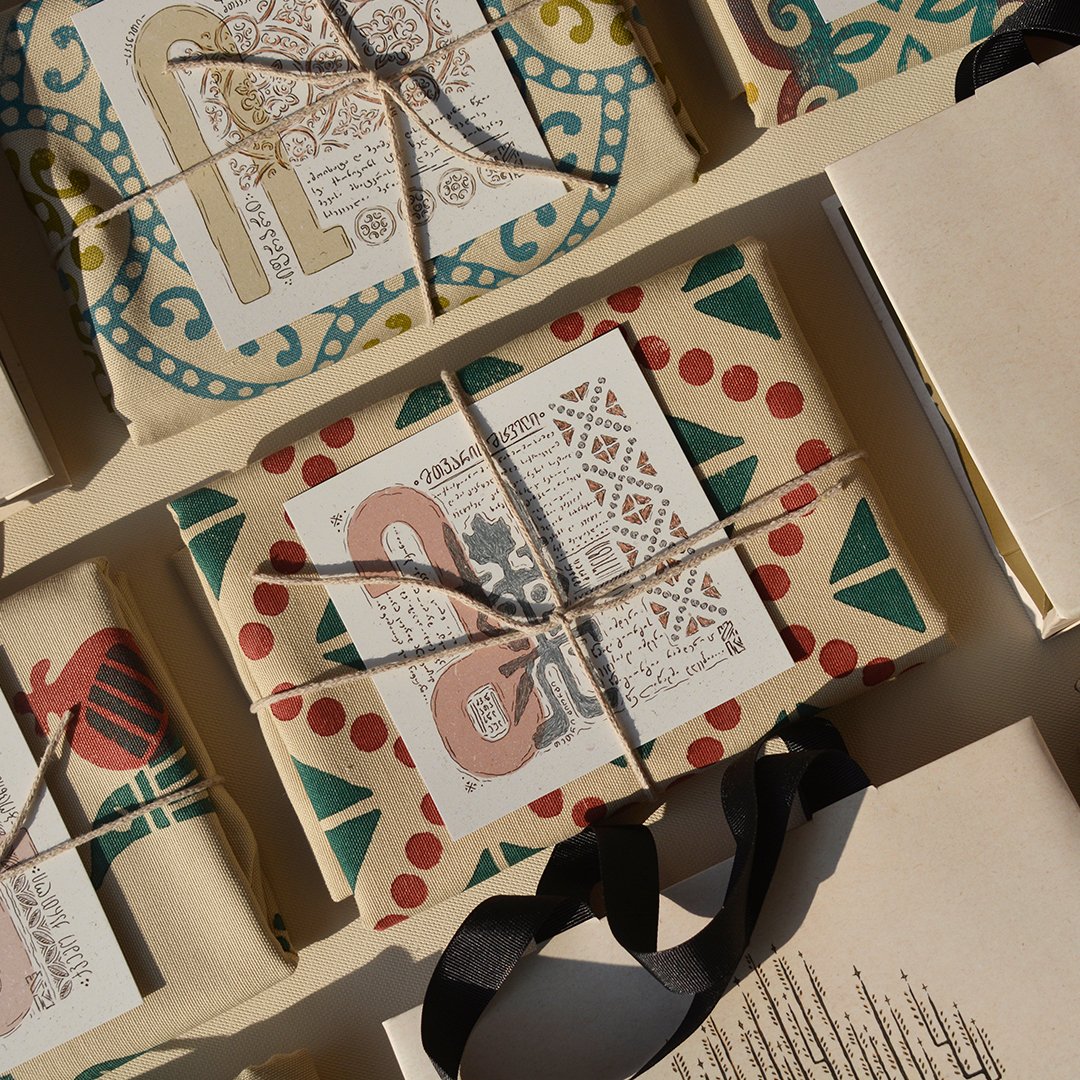
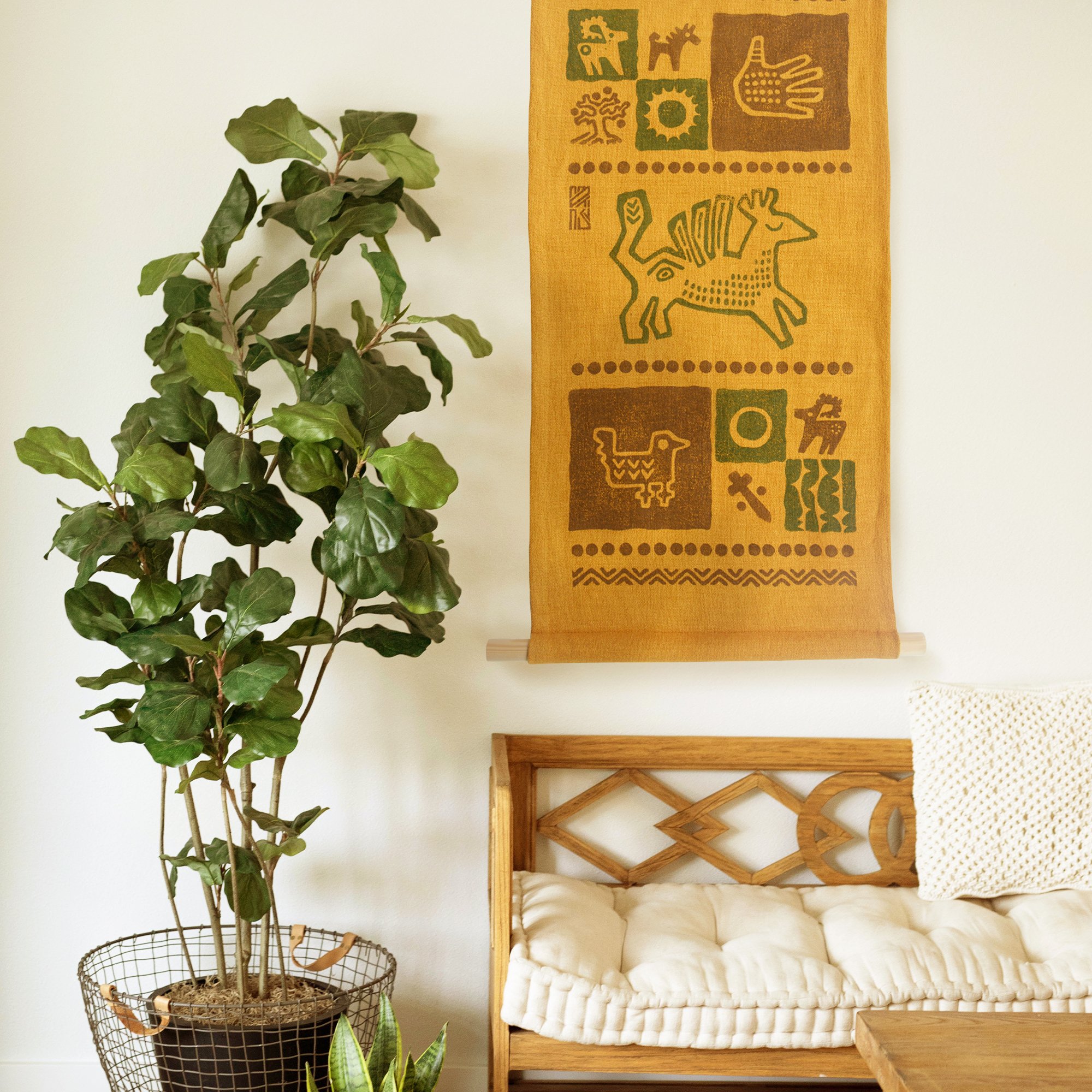
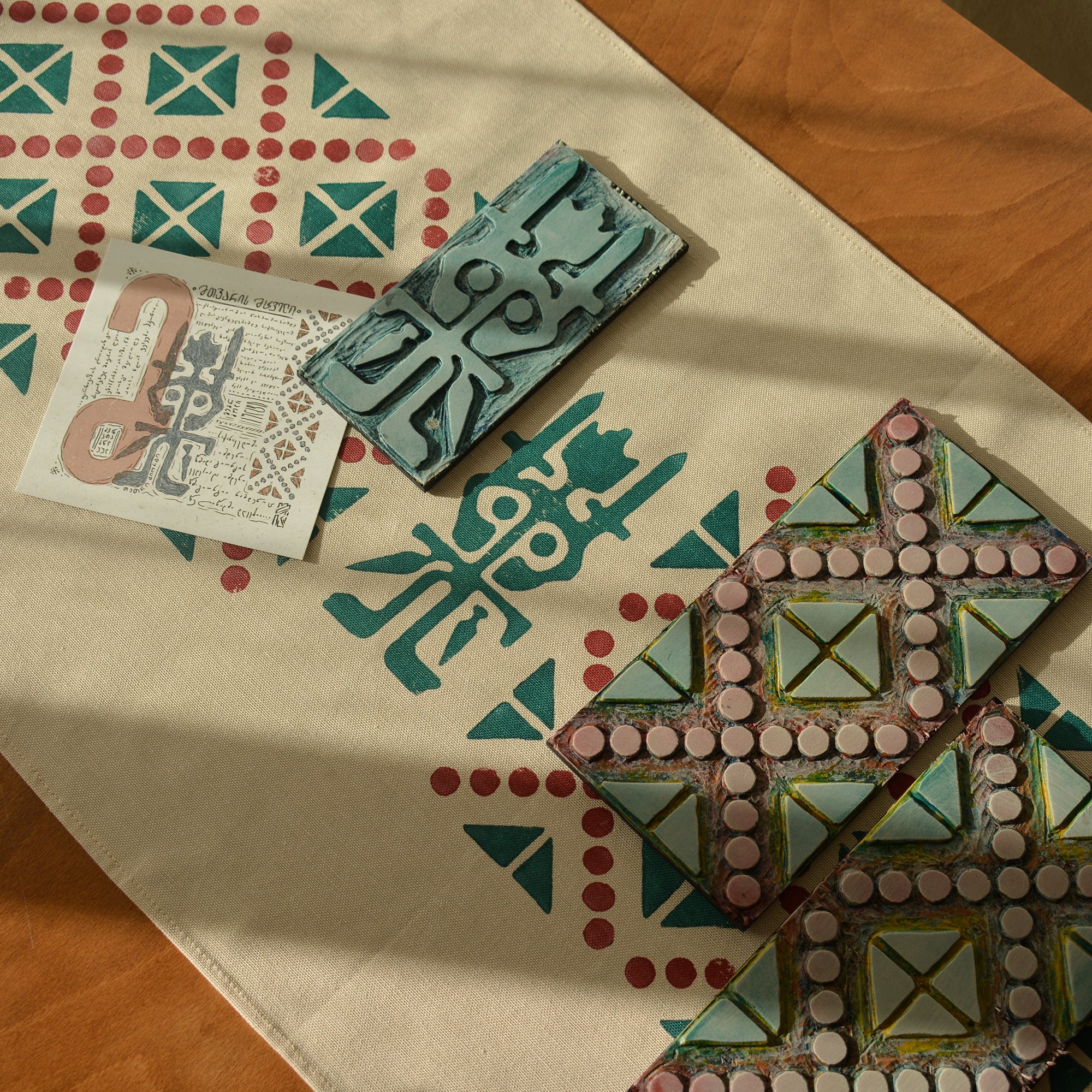
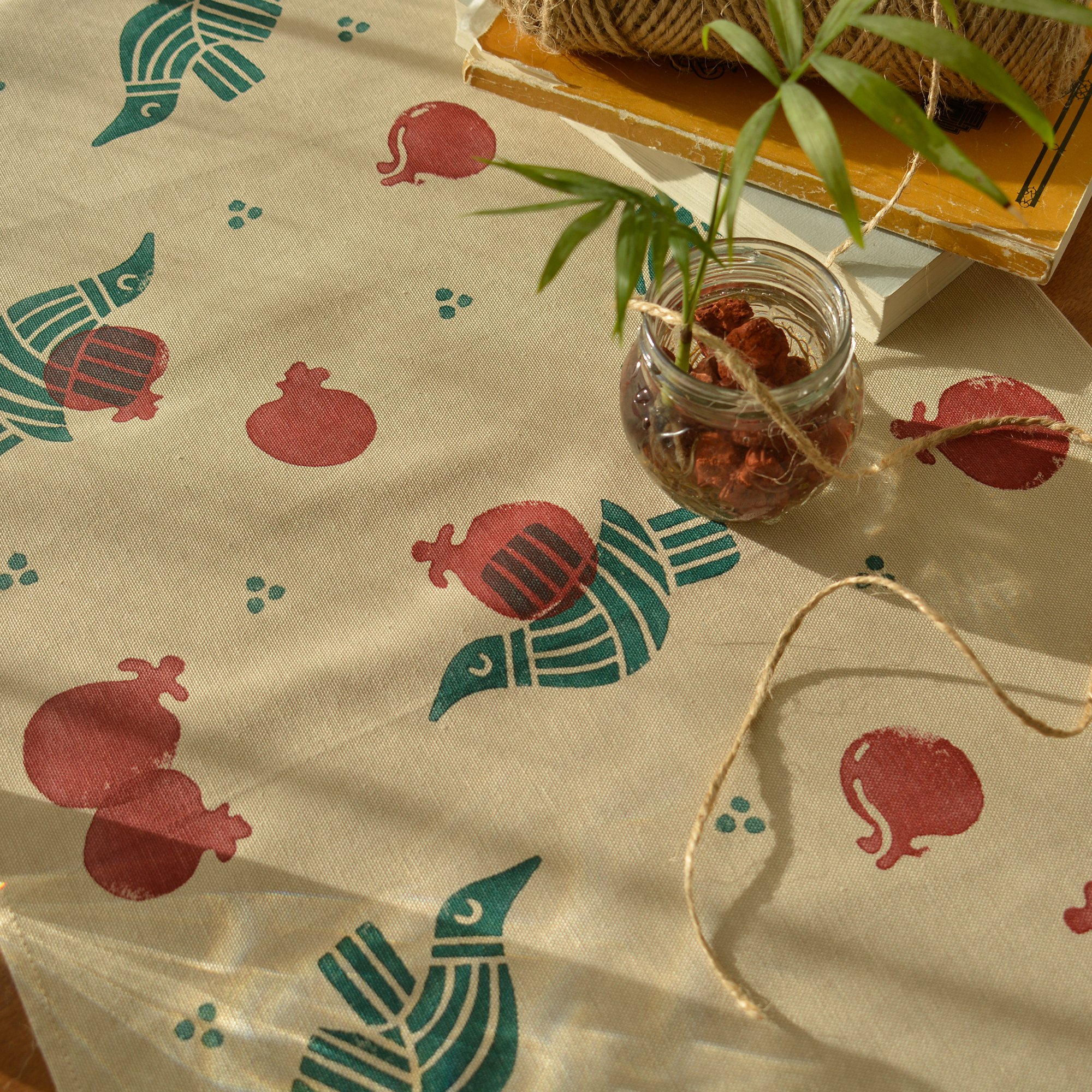
Wooden Decor Carving
Wooden decor carving process by creative workshop IGRIKA
In this video, you can see the wooden decor carving process in our small workshop. We make sketches by mixing two or more ornaments together and drawing the symbol on a special wood, we carve the shape for several hours and polish it. We use only natural oils to fix the color of the wood. The ornaments featured on this wooden decor are inspired by a tree of life motif illustrated and carved by Grigol, who designed the theme according to Georgian mythology. The Grapevine has deep and diverse symbolic meaning in Georgia; additionally, to its Christian symbol, the belief is that its juice could treat, which is why it is widely used in many of the ornaments of applied arts.
Video & editing: Baia Lomsadze
https://igrikashop.com/en-ge
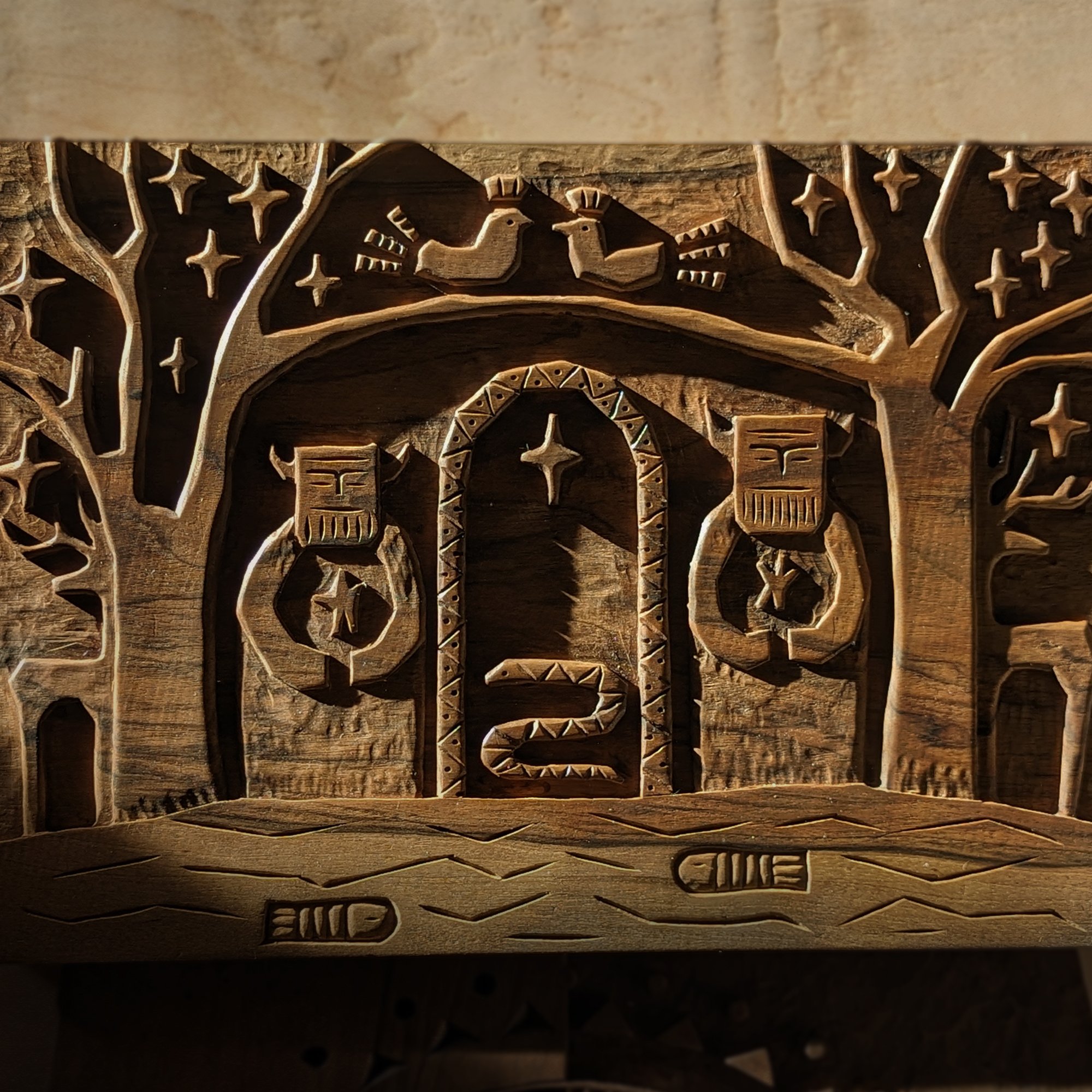
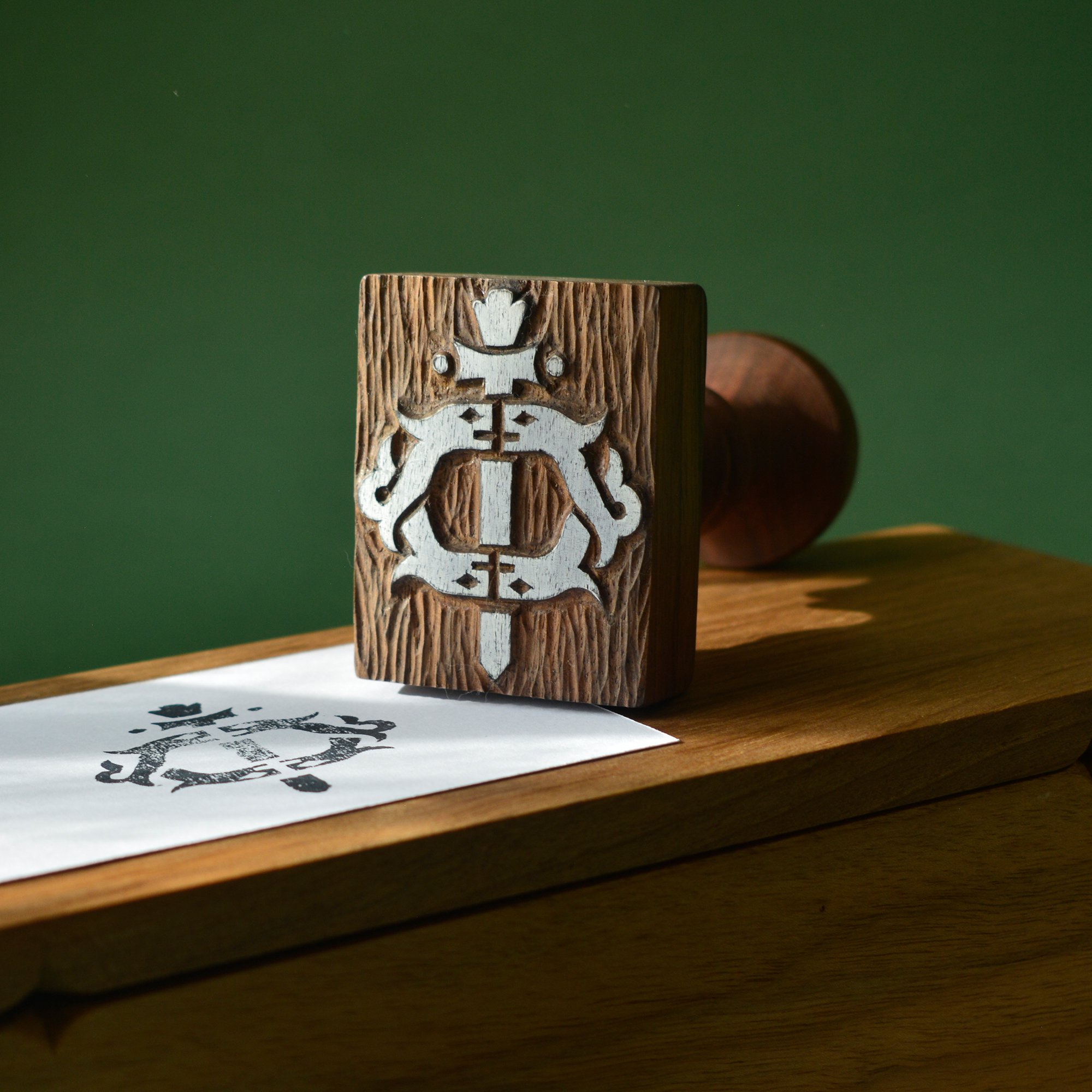
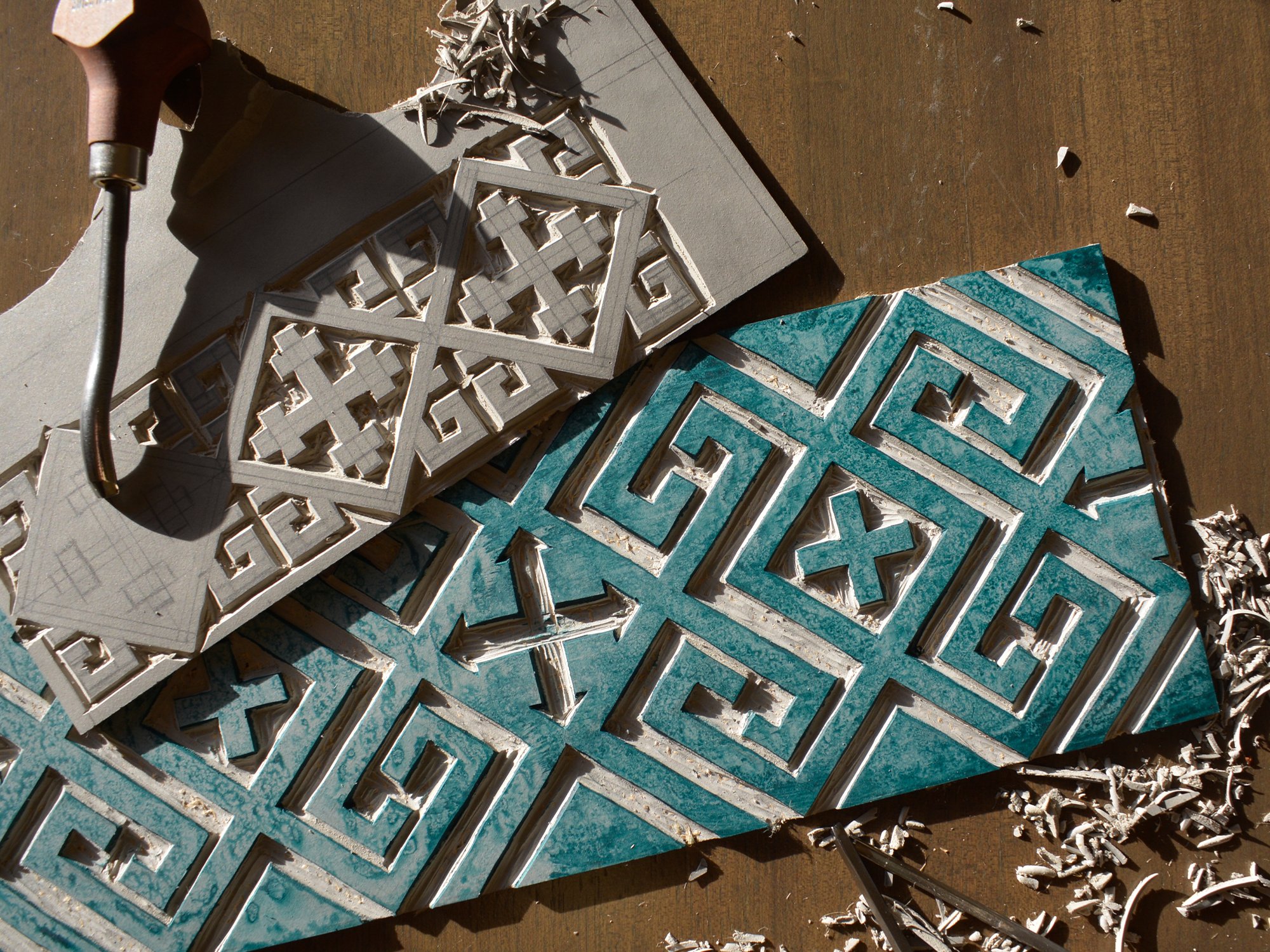
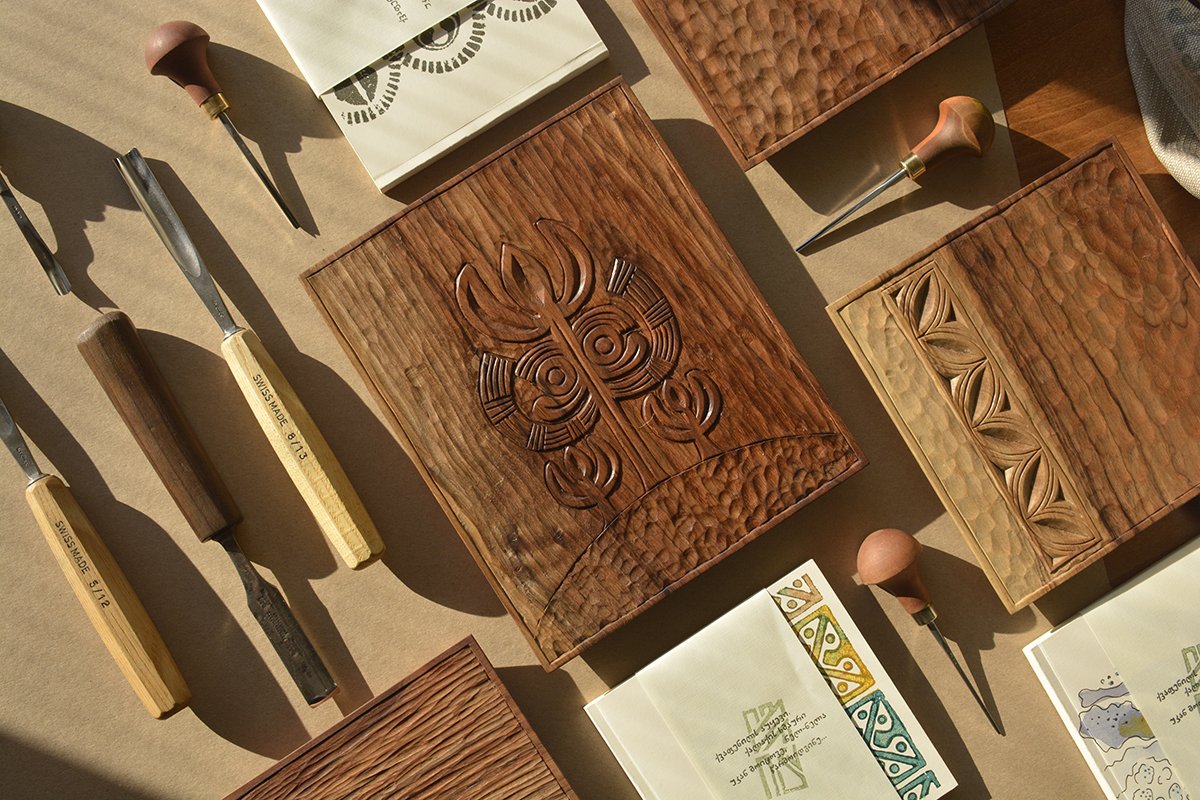
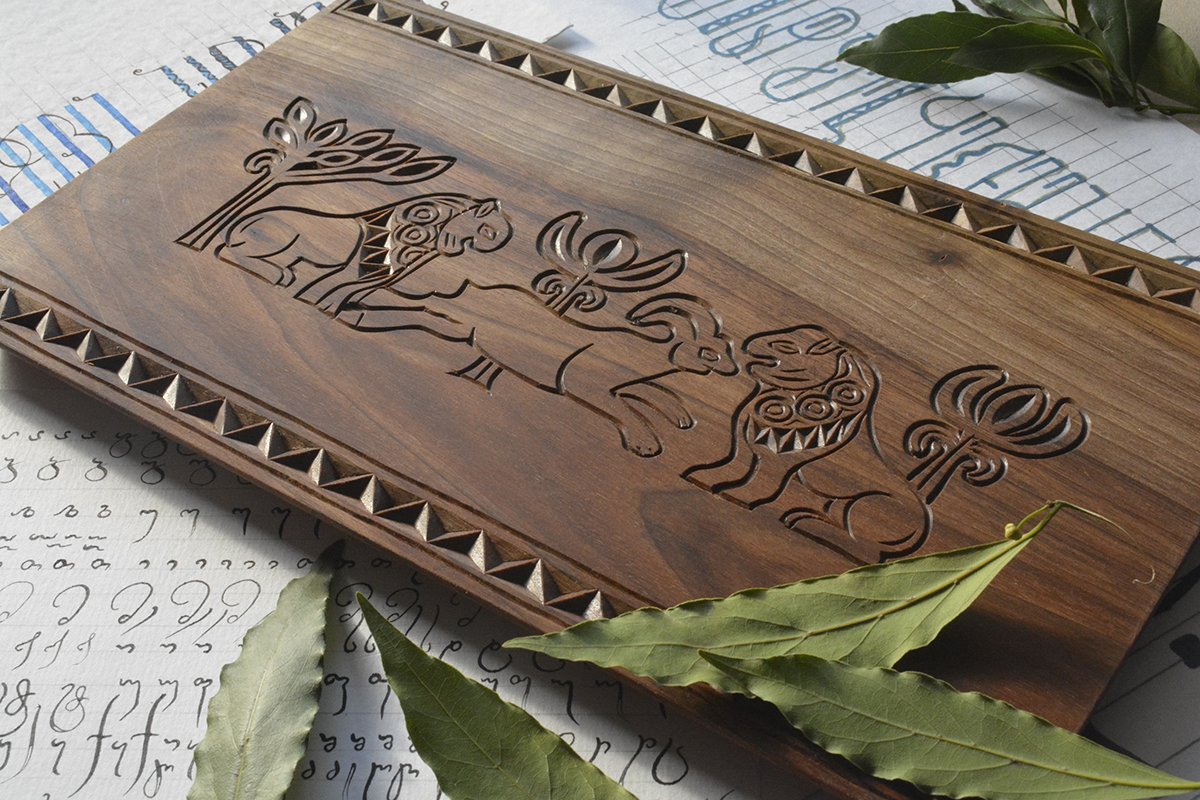

Georgian Traditional Ceramics
Georgia's rich history is deeply intertwined with the art of pottery. From ancient times, skilled craftsmen produced diverse ceramic vessels, including the iconic Kvevri, used for winemaking and storage. The earliest examples of Georgian pottery date back to the Neolithic period, characterized by simple, handmade forms. The Bronze Age saw significant advancements, with the emergence of black-smoked ceramics and the introduction of the potter's wheel. Medieval Georgia witnessed a flourishing of ceramic production, with diverse shapes and glazed ceramics becoming increasingly popular. The 9th-10th centuries saw the emergence of glazed bowls with intricate floral ornaments, while the 11th-13th centuries brought a variety of shapes and vibrant glazes, often featuring religious and symbolic motifs. The Mongol invasions disrupted ceramic production, although it was revived in the 18th century. The 19th and early 20th centuries saw a significant resurgence, with numerous centers across Georgia producing a variety of glazed and unglazed ceramics. The establishment of the ceramics and glass studio at the Tbilisi State Academy of Arts in 1959 further elevated the status of Georgian ceramics. Throughout the 20th century, several regions, including Shrosha, Ikalto, Mtskheta, and Zugdidi, maintained pottery traditions, with skilled artisans producing a variety of ceramic objects.
Giorgi Tatulashvili
Giorgi Tatulashvili, an ancestral ceramist, keeps the rich traditions of the Gori ceramic school. He learned the craft from his father and grandfather, whose family home, with its 19th-century kiln, was once a gathering place for the local community and now is turned into the Workshop Museum. This legacy of craftsmanship has inspired Giorgi's work, which includes bowls, jugs, milk jars, wine vessels, and other tableware. His white glazed vessels, embellished with delicate blue floral ornaments, are particularly admired.
Video & editing: Giorgi Tatulashvili & GACC
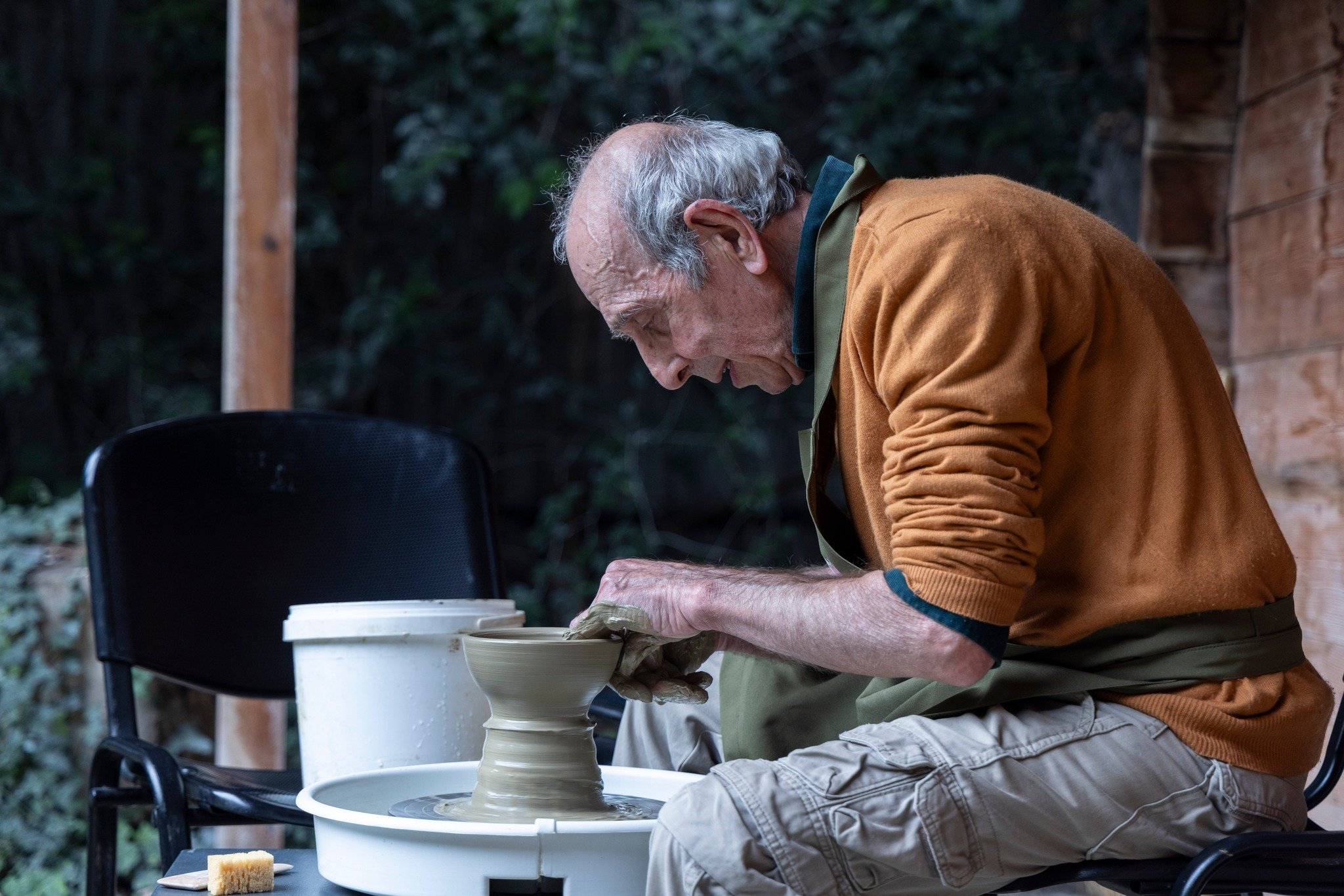



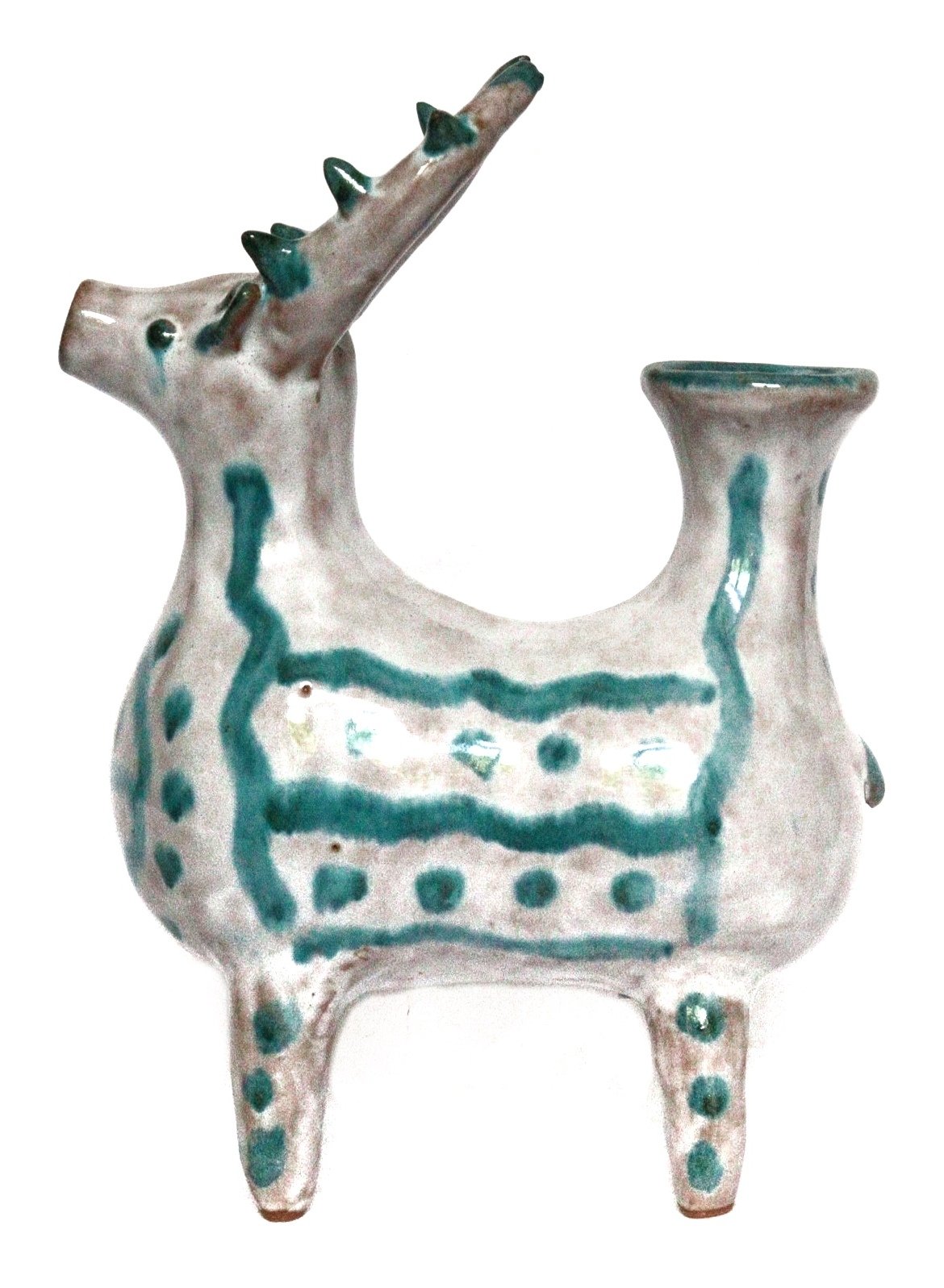

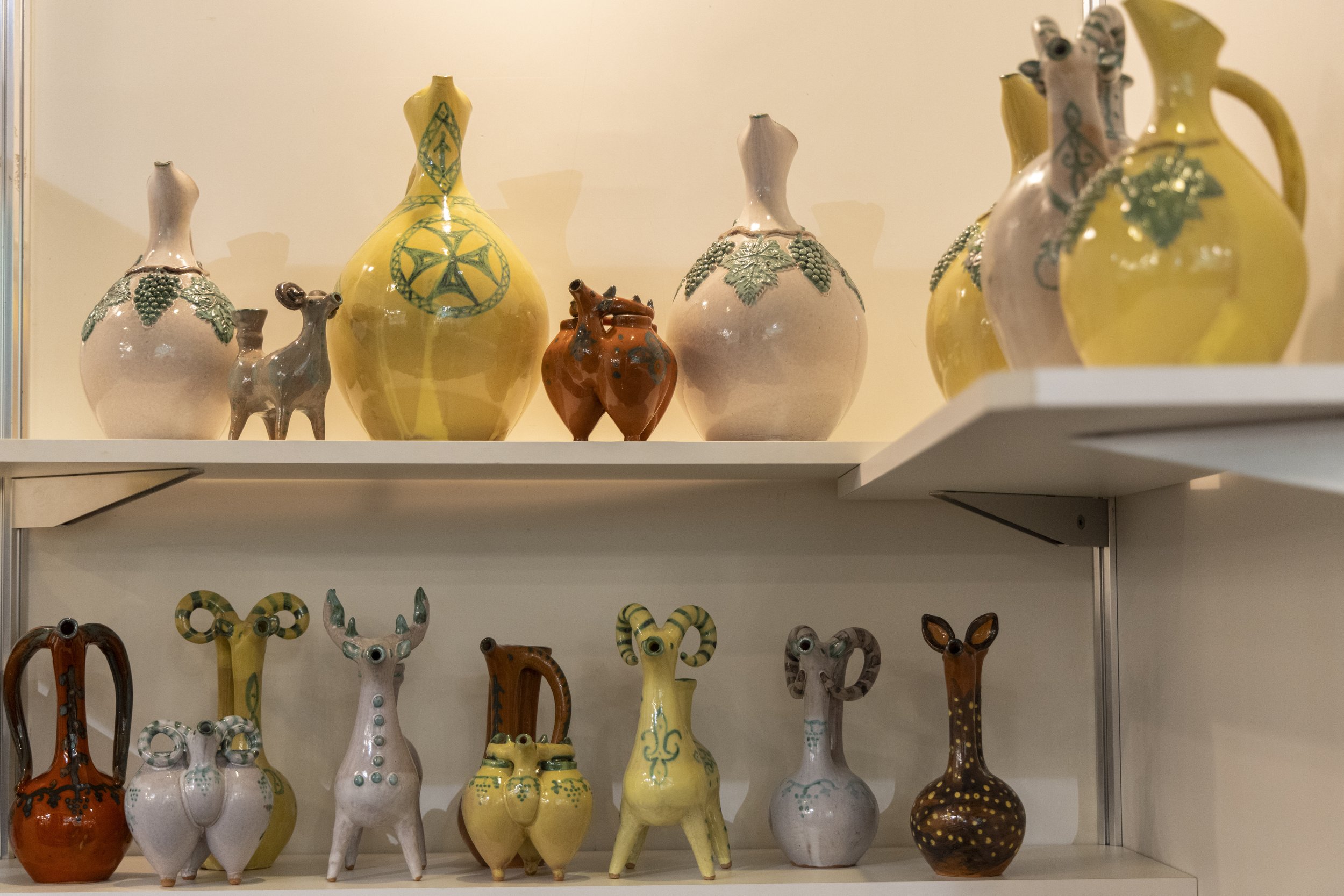
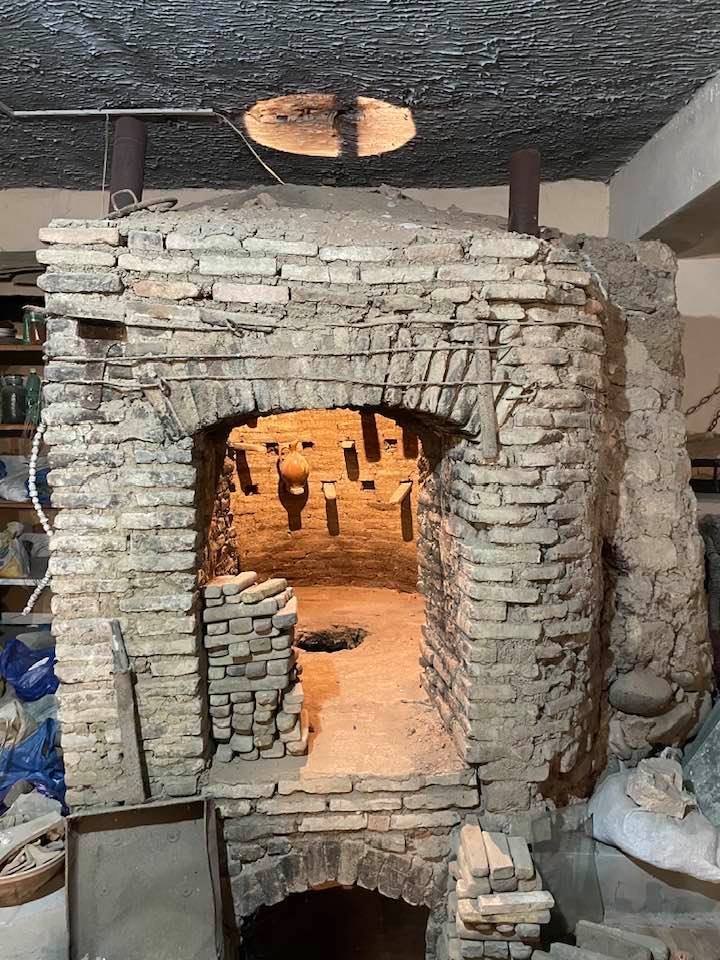

The Blue Tablecloth
The blue tablecloth is a distinctive example of traditional Georgian tablecloths, particularly prevalent in Eastern Georgia. The designs often incorporate astral, plant, zoomorphic, and anthropomorphic elements, reflecting ancient Georgian beliefs and worldviews. Domestic motifs, such as knives, forks, spoons, and figures of dancers and individuals in traditional Georgian attire, further enrich the aesthetic appeal. The blue tablecloth was widely used across various social strata during the late feudal period. In the 17th century, it even graced the royal court of Eastern Georgia. Its popularity continued into the 19th century, particularly during feasts and weddings. A significant collection of 18th- and 19th-century blue tablecloths is preserved at the State Museum of Georgia. In recognition of its cultural significance, the traditional technology and culture of making blue tablecloths were granted the status of intangible cultural heritage of Georgia in June 2017.
The Blue Tablecloth Research Laboratory
The Blue Tablecloth Research Laboratory was established within the Tbilisi State Academy of Arts in 2010 to revive the Georgian tradition of textile printing, which had been lost in the 20th century. The Lab uses both designs of historical tablecloths and, those developed by its designers. Operating under the Tbilisi State Academy of Arts it actively involves the students in the creative work. The blue tablecloths and napkins are produced using traditional cold vax dyeing and contemporary screen-printing methods; the studio is managed by Vakhtang Kaishauri. The Blue Tablecloth Research Laboratory is an important entity for the preservation of Blue Tablecloth traditions in Georgia.
Video & editing: Vakhtang Kaishauri & GACC
